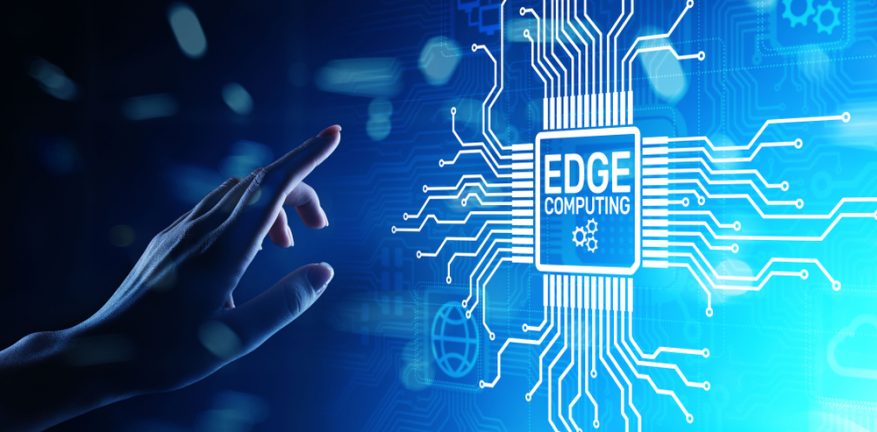Edge Computing with the MCG-101
Understanding Edge Computing in SatCom
Edge computing in satellite IoT ecosystems is a means of moving the processing of certain algorithms to intelligent terminals in the field. A form of distributed computing, processing data on the edge reduces the latency and response times of IoT networks and their M2M functions. IoT devices themselves are notoriously low-power data machines with minimal processing power and transmission capabilities. They are best left to gather and report data than to run complex processes and receive commands from software platforms. Rather, intelligent satellite terminals that can connect with these nodes in the field are much better suited to programmatically process raw data, execute trigger responses, and move data between the device ecosystem and the portal.
The MCG-101: Edge Computing Terminal
Terminals like the MCG-101 boast the ability to run complex algorithms on the edge, meaning that companies can use the MCG-101 SDK to develop special, custom code that allows the device to synthesize the data it collects and send processed data instead of raw data. This is a significant upsell for clients that take advantage, as it can result in more intelligent data ecosystems, including a number of M2M and SCADA solutions that potentially remove the need for human interaction with remote assets. Industries with a taste for edge computing over satellite infrastructure include the energy sector, where GSE has identified a great deal of growth opportunity for the type of technology delivered by the MCG-101.
Remote applications for the edge computing capabilities of the MCG-101 are the most apparent landing places for the technology in the satcom arena. Resource extraction operations like Forestry, Mining, Oil, and Natural Gas harvesting are prime examples of the types of field uses for terminals that can execute algorithms and send smarter data. The use of an MCG unit with a customized set of programmed data-processing algorithms isn’t necessarily going to reduce airtime charges as much as it will make the data it sends over the network more efficient and intelligent. Not having to send every bit of raw data collected makes the MCG-101 an attractive option for companies or organizations in need of a field reporting terminal with restrictions on data transfer budgets.
Global Reach
The greatest potential advantage of pursuing edge computing opportunities with the MCG-101 is the ability to establish and manage M2M ecosystems in the field from anywhere in the world. These ecosystems will vary widely from company to company, and can include any combination of additional hardware like sensors and programmable logic controllers. Additionally, a field ecosystem of devices can include any mix of locally connected and fully networked devices, but any mix including the MCG-101 can be accessed and managed remotely through GSatTrack. This gives asset managers the ability to configure custom M2M processes over the air in near-real time, adapting and responding to live conditions in the field with appropriate actions long before a physical inspection or corrective action would be possible.
Real World Scenario
One example of an MCG-101-supported solution for remote pipelines involves a number of sensors and valves connected to a single MCG-101 unit. In the event that a sensor reports a pressure reading in the line that the MCG-101 recognizes as a high-pressure reading, the terminal can automatically process a trigger response to that reading, and send a command to open the valve. The only communication required between the pipeline ecosystem and the terminal is a status message sent from the MCG to the portal alerting the asset manager that the pressure valve protocol was initiated. Asset managers can then use the portal to take further action, but the ability for the MCG terminal to process an algorithm instead of waiting for the pressure status to be fed all the way to the portal to be processed and sent back to the terminal with the response command can be the difference between a line burst and a safe resolution. It is the movement of those types of processes to the edge with an intelligent terminal like the MCG-101 that makes some latency-sensitive satellite solutions viable where others are not.
For more information about the MCG-101 and its ability to support edge computing applications, we invite you to reach out to us anytime.



